
STORIES
30-08-2017 di Antonio Altieri
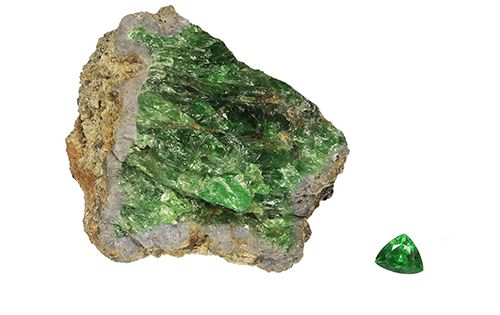
Tsavorite turns fifty.
The green stone named after Tsavo National Park was discovered in 1967 by the Scottish geologist Campbell Bridges.
Since then it has become increasingly famous abroad in Kenya and Tanzania, the only countries in which it is located.
Legend says the geologist, who lived in Tanzania and owned a reserve, on the Kenya border, in addition to Tiffany's consultant, was walking in savannah when a buffalo tried to load it.
To escape the animal and save his life, Campbell took refuge in a rocky split of the land where, awaiting the buffalo to leave, he discovered a bright green rock.
Intending to save her skin and worried about the darkness, she could not take a sample, but she was convinced she had discovered something very similar to the emerald.
Meanwhile Tanzanian President Nyerere nationalized reservations, and many British citizens were forced to move to neighboring Kenya.
It was there that the geologist, resuming his research, discovered a field of these precious stones in an impregnable area behind the Taita hills, in Tsavo's park.
He acquired the land and built a rude house on a tree to defend itself from the wild animals.
From his tales we learn that it was a big python to make him a guard and that in his reserve two leopards were almost domesticated.
Since then, Kenyan stone has begun, and even other seekers, driven by possible gains, have been looking for the so-called "green gold".
It was the president of the famous American maison to combine the term "Tsavorite" after a safari in the stone extraction areas.
Campbell has also resisted attempted looting by bandits and smugglers over the years, until in 2009, at 71, he was shot dead in an ambush by some twenty bandits who wanted to exploit his mining concession. Today the drawing of the tsavorite is followed by his son Bruce but goes on very hard, and there are no other areas in the world where this stone is present, and even in Tanzania seems unrecognizable. That is why its price is rising steadily. Anyway, Kenya's new mining laws can not develop Tsavorite's research and extraction.
The peculiarities of Kenyan stone are the shades of green. Like all the other garnets, the tsavorite has a high refractive index of light. Unlike other stones, it does not require any treatments to make it brighter, not heated, and not even immersed in oil. Its hardness is similar to that of emerald, but it is more resistant to shocks. Compared to emerald is also easier to cut and less subject to accidental damage. Usually the stones are small, it is rare to find rough stones larger than 5 carats.
STORIES
di redazione
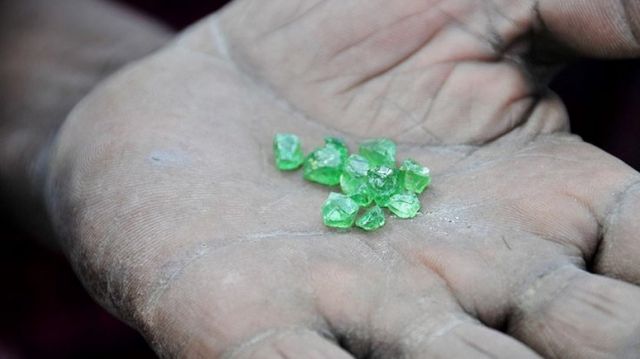
Tsavorite, the green stone named after the Tsavo National Park, was discovered in 1967 by the Scottish geologist Campbell Bridges.
Since then it is more and more famous abroad than in Kenya and Tanzania, the only countries where it is...
PLACES
di redazione
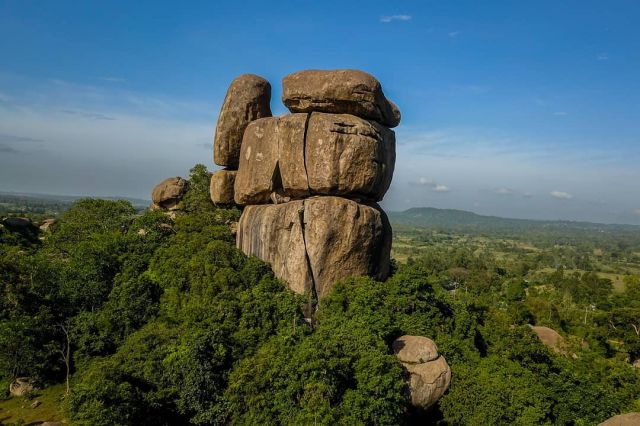
A unique natural monument dominating an enchanting landscape, in an area little frequented by mass tourism in Kenya, but which is becoming a place of .....
HISTORICAL PLACES
di redazione
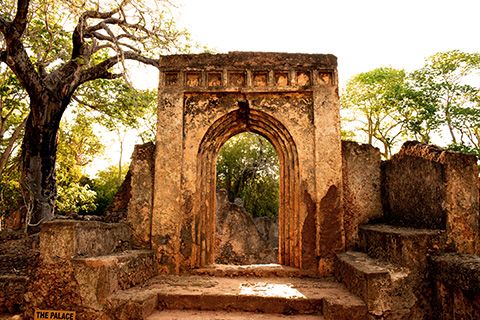
Gede is located between Malindi and Kilifi, in the coastal region of Kenya, 94 km north of the city of Mombasa.
Its ruins tell of historical un'insediamento, one of the oldest in the coastal area of East Africa which has...
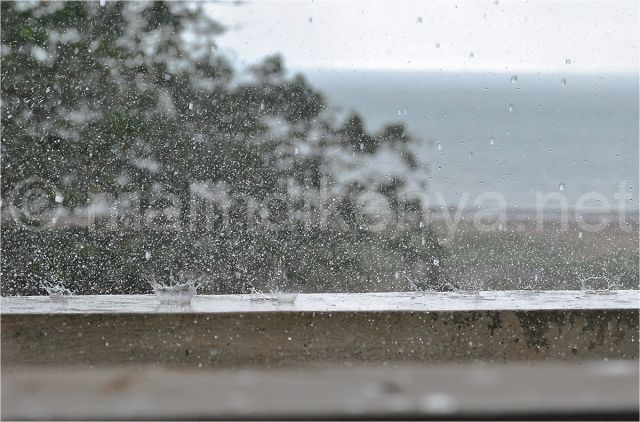
I don't think that Kenyans know the nursery rhyme that my grandmother used to sing to me when I was a child: "it's raining, it's raining, the cat doesn't move, we light the candle, we say good evening..." also because...
PLACES
di redazione
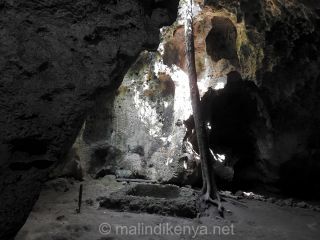
Shimoni in the Swahili language literally means 'place of the cave'.
Often, villages in Kenya are named after the reasons why they were formed or came into being on the edges of roads that began to be trade routes, especially...
PLACES
di redazione
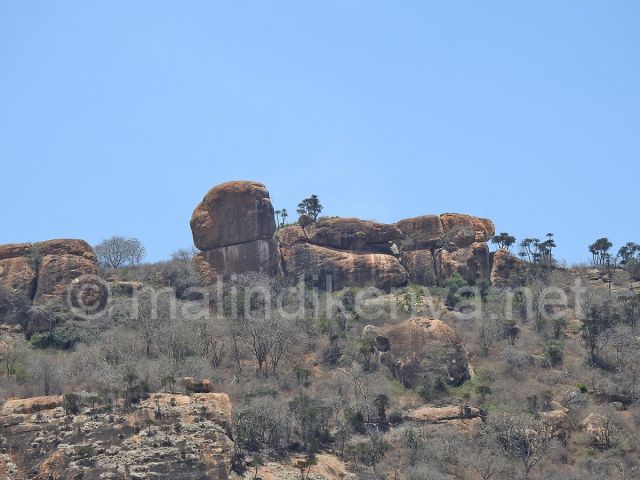
They say that where there are red rocks there is the smell of iron and the stench of sulphur.
And where it smells like sulphur, there is Shetani, the devil.
ART AND CULTURE
di redazione

Among the various activities and disciplines to protect the environment and raise public awareness of the need to reverse the trend that has all too badly affected our natural habitat, art occupies a prominent place...
LEGENDS
di redazione
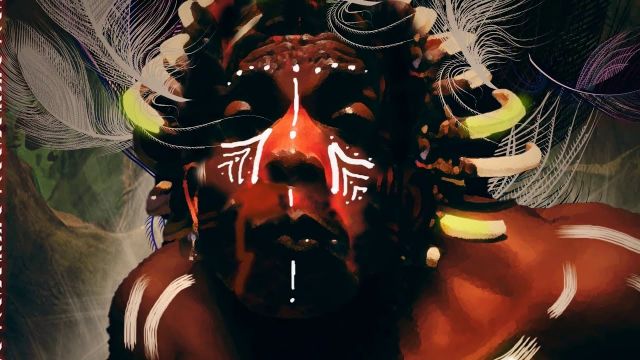
Modern Kenya still lives on legends and revered characters from the past, including sorcerers, traditional healers and seers.
One of the most important and well-known was called Gor Mahia and, although he lived in the nineteenth century, his name is...
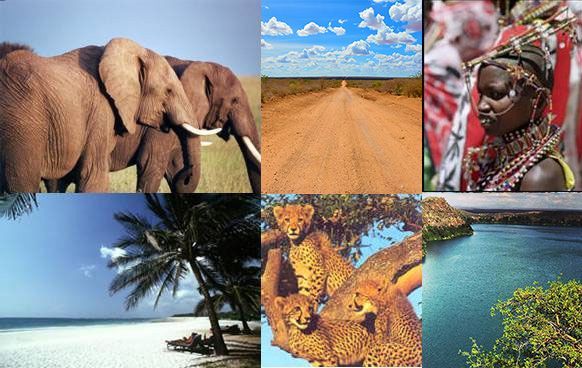
One entry for each letter of the alphabet is certainly not enough to contain all the wonders and peculiarities of a unique and varied country like Kenya.
Cradle of humanity, a place that more than any other personifies the so-called...
TRADITIONS
di Ferdinanda Vigliani
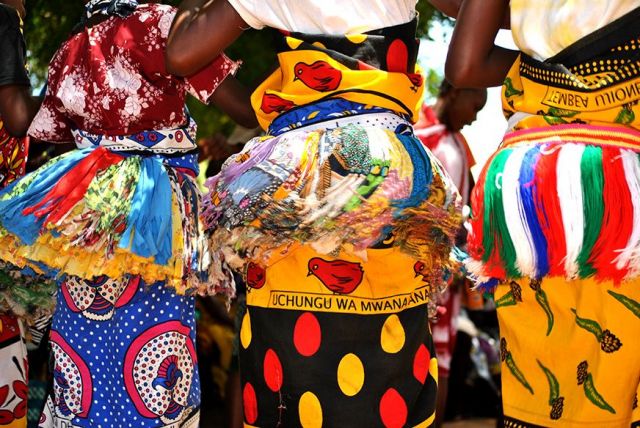
East coast of Africa.
The boundaries of that linguistic and cultural unity known as Swahili culture range from Mogadishu in the north to Cape Delgado in Mozambique.
A long coastline shared by a single language: the kiswahili, a mixture of...